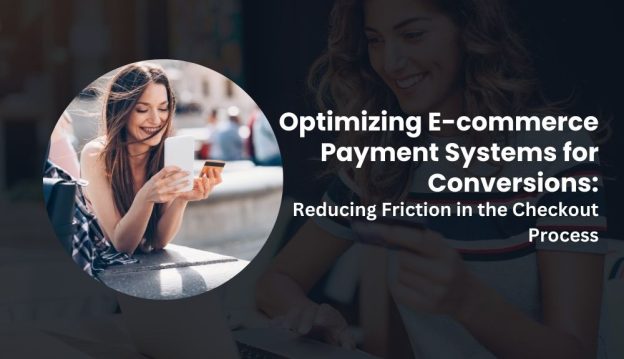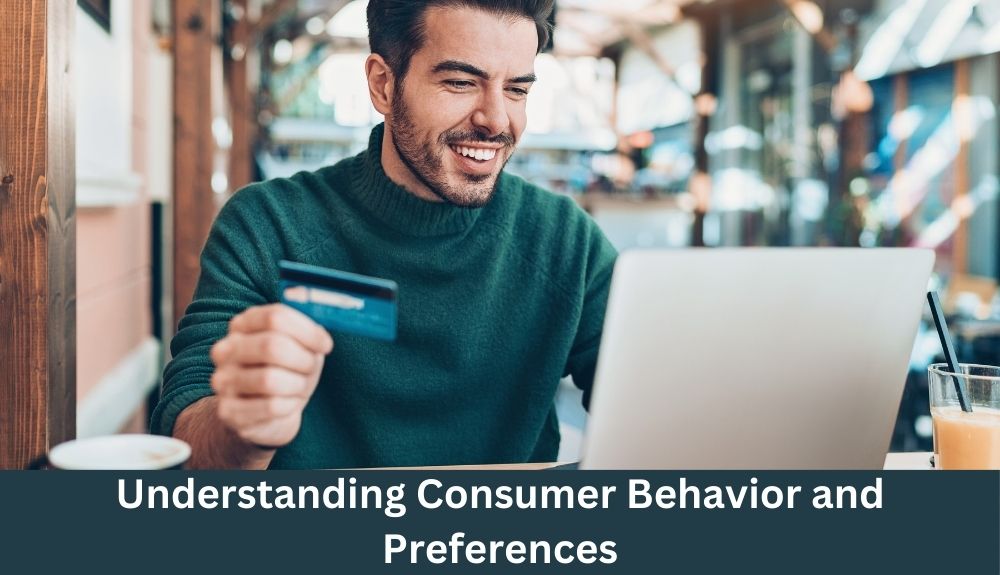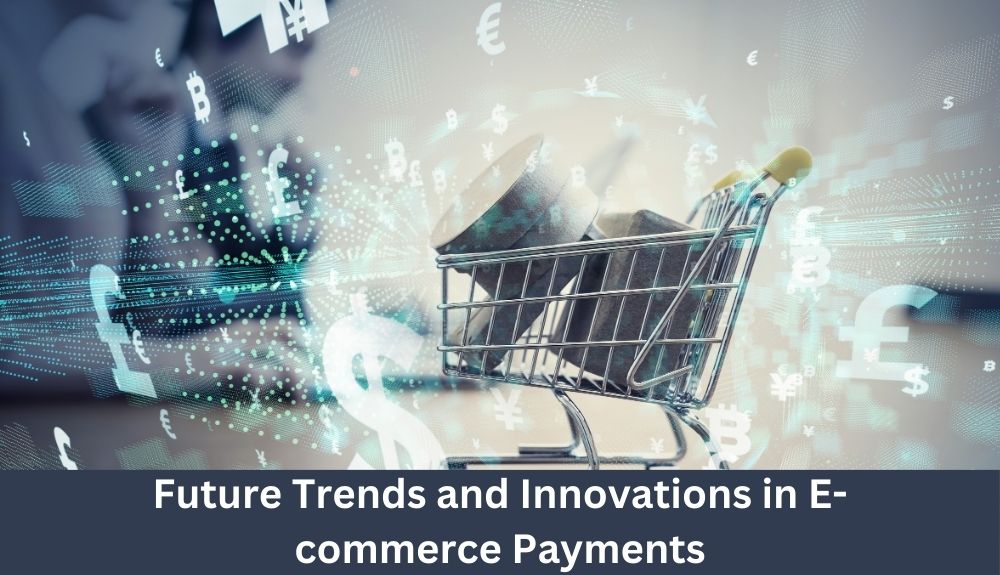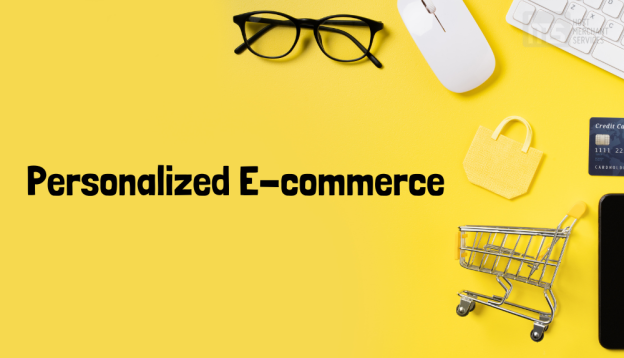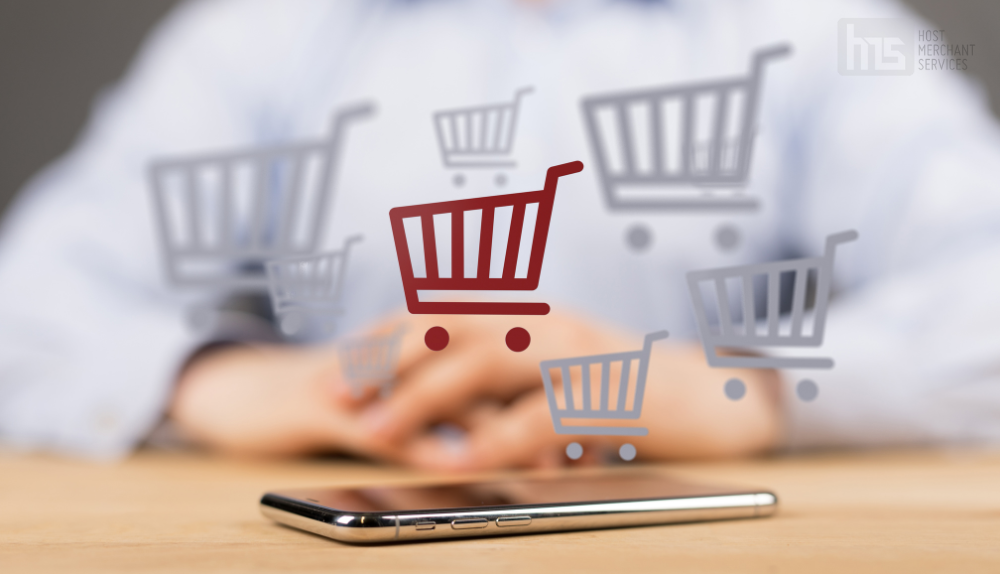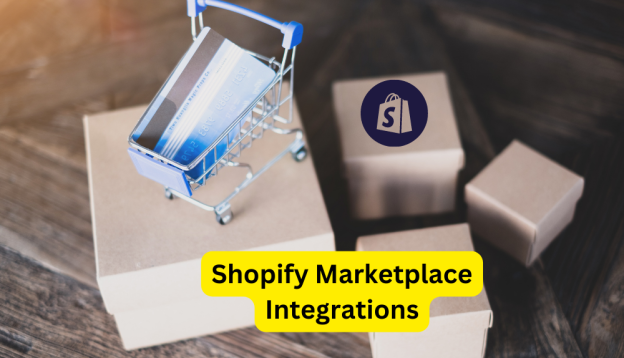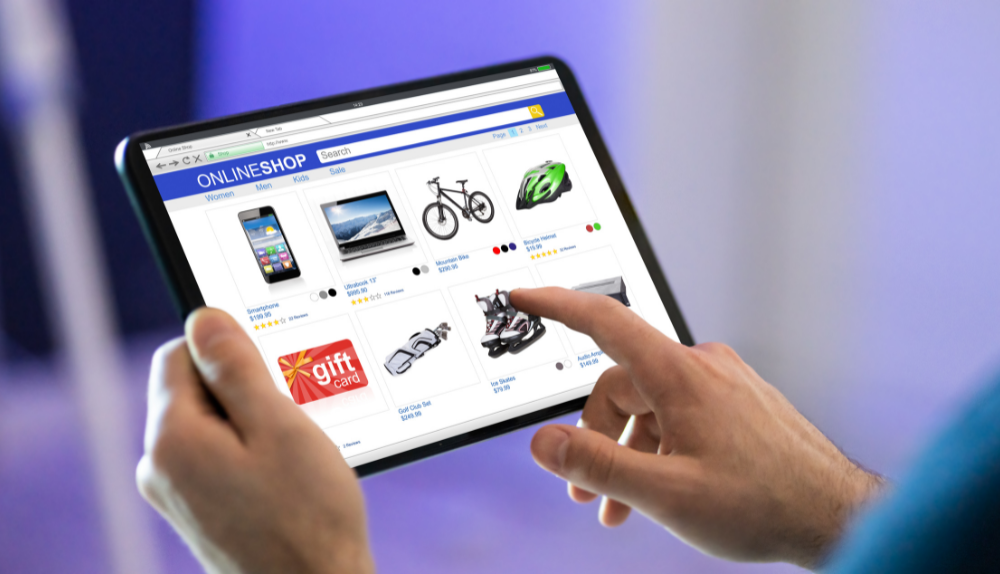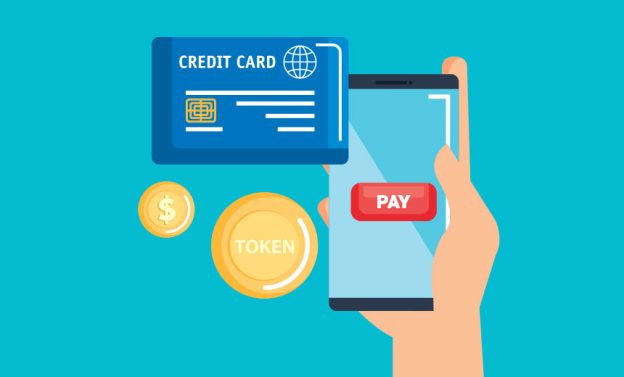Are you ready to take your e-commerce business to the next level? Choosing the right merchant services provider can make all the difference in streamlining your payment processing and boosting sales. In this guide, we will dive into how to select and optimize merchant services for your e-commerce platform, ensuring a seamless and secure transaction experience for both you and your customers. Let’s get started on maximizing your online potential!
Understanding Merchant Services
When it comes to running an e-commerce business, understanding merchant services is crucial. Merchant services are the tools and processes that allow businesses to accept electronic payments from customers. This includes credit card processing, online payment gateways, and other financial services tailored for digital transactions.
Merchant service providers act as intermediaries between your business, the customer’s bank, and various payment networks. They facilitate secure payment processing and help ensure that funds are transferred smoothly from the customer’s account to yours.
By utilizing merchant services effectively, you can offer multiple payment options to customers, enhance transaction security with encryption technologies, and streamline the overall checkout process on your e-commerce platform. Stay tuned to learn more about selecting the right merchant service provider for your specific business needs!
The Importance of Choosing the Right Merchant Service Provider
Choosing the right merchant service provider is crucial for the success of your e-commerce business. A reliable provider can streamline payment processing, enhance customer experience, and ensure secure transactions.
By selecting a reputable merchant service provider, you can offer a variety of payment options to your customers, catering to their preferences and increasing conversion rates. Moreover, a trustworthy provider will help you build trust with your customers by ensuring that their financial information is protected.
The right merchant service provider will also offer efficient integration with your e-commerce platform, simplifying the checkout process for both you and your customers. This seamless experience can lead to increased sales and repeat business.
In addition, partnering with a knowledgeable provider means having access to valuable support and resources to navigate any challenges that may arise. Their expertise can be invaluable in optimizing your payment processes for maximum efficiency and profitability.
Factors to Consider When Selecting a Merchant Service Provider
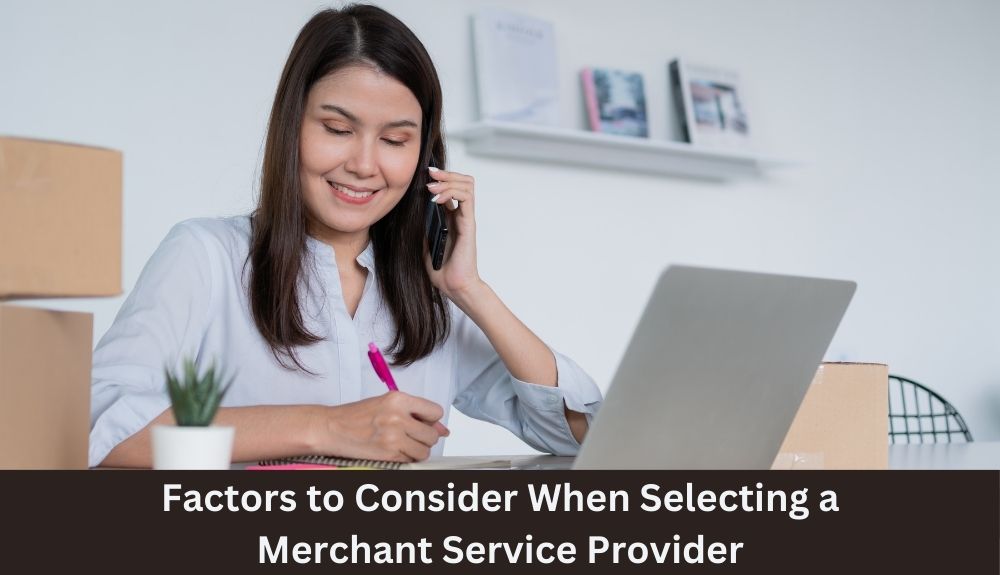
When selecting a merchant service provider for your e-commerce platform, there are several key factors to consider.
Think about the fees associated with the provider. Make sure you understand their pricing structure and how it aligns with your business goals.
Consider the level of customer support offered by the provider. You’ll want a partner who is responsive and can help troubleshoot any issues that may arise.
Another important factor is security. Ensure that the provider uses encryption and other security measures to protect your customers’ sensitive information.
It’s also crucial to look at integration capabilities. Choose a provider that seamlessly integrates with your e-commerce platform to ensure smooth transactions.
Don’t forget to check for scalability. Your business may grow, so opt for a provider that can accommodate your future needs as well as current ones.
Different Types of Payment Processing Solutions
When it comes to payment processing solutions for e-commerce platforms, there are various options available to cater to different business needs. One common type is traditional merchant accounts provided by banks or financial institutions. These accounts allow businesses to accept credit and debit card payments securely.
Another popular option is third-party payment processors like PayPal or Stripe. These services offer a quick setup process and are ideal for small businesses or startups looking for a hassle-free solution.
Furthermore, there are mobile payment solutions that enable customers to make purchases using their smartphones or tablets conveniently. This type of payment processing is gaining popularity due to its ease of use and accessibility.
Additionally, digital wallets like Apple Pay and Google Pay provide customers with a secure way to store their payment information and make transactions seamlessly across multiple devices.
Emerging technologies such as blockchain-based payments offer enhanced security and transparency in transactions, making them an attractive choice for businesses focused on innovation in the payment space.
Optimizing Merchant Services for E-commerce Platforms
Running an e-commerce business comes with the necessity of optimizing your merchant services to ensure seamless transactions. One crucial aspect is integrating a secure payment gateway that offers various payment options to cater to diverse customer preferences. This not only enhances user experience but also boosts conversion rates.
Another vital step in optimizing merchant services is ensuring efficient fraud detection and prevention measures are in place. By utilizing advanced security features, you can safeguard sensitive customer data and prevent fraudulent activities, thus building trust among your customers.
Moreover, streamlining the checkout process by reducing unnecessary steps and offering guest checkouts can significantly improve the overall shopping experience for your customers. Simplifying the payment process ultimately leads to higher customer satisfaction and increased sales for your e-commerce platform.
Common Challenges and How to Overcome Them

Running an e-commerce platform comes with its fair share of challenges. One common issue many merchants face is the risk of fraudulent transactions. To combat this, implementing robust security measures such as encryption and fraud detection tools can help protect your business and customers.
Another challenge is managing chargebacks effectively. It’s essential to have clear policies in place, provide excellent customer service, and keep detailed records to dispute any unwarranted chargebacks successfully.
Keeping up with constantly evolving technology can also be a hurdle for e-commerce businesses. Staying informed about new payment solutions and trends in the industry will help you adapt and stay competitive in the market.
Inventory management can pose a challenge as well. Utilizing inventory management software can streamline processes, prevent stockouts, and improve overall efficiency.
Moreover, issues related to shipping logistics may arise. Offering multiple shipping options, transparent tracking systems, and clear communication with customers can help mitigate these challenges effectively.
Conclusion
In the world of e-commerce, selecting and optimizing merchant services is crucial for the success of your online business. Choosing the right merchant service provider can make a significant difference in how smoothly your transactions run and how satisfied your customers are. By considering factors such as fees, security features, customer support, and integration capabilities when choosing a provider, you can ensure that your e-commerce platform operates efficiently.
Optimizing your merchant services for e-commerce platforms involves streamlining payment processing, enhancing security measures to protect sensitive information, and providing seamless checkout experiences for customers. By understanding common challenges like fraud prevention and chargebacks, you can implement strategies to overcome them effectively.
Remember that continuous monitoring and adaptation are key to ensuring that your merchant services remain optimized as technology evolves and consumer preferences change. Stay informed about industry trends and updates in payment processing solutions to keep your e-commerce platform competitive in the digital marketplace.
By carefully selecting and strategically optimizing merchant services for your e-commerce platform, you can enhance customer satisfaction, drive sales growth, and position your online business for long-term success.

